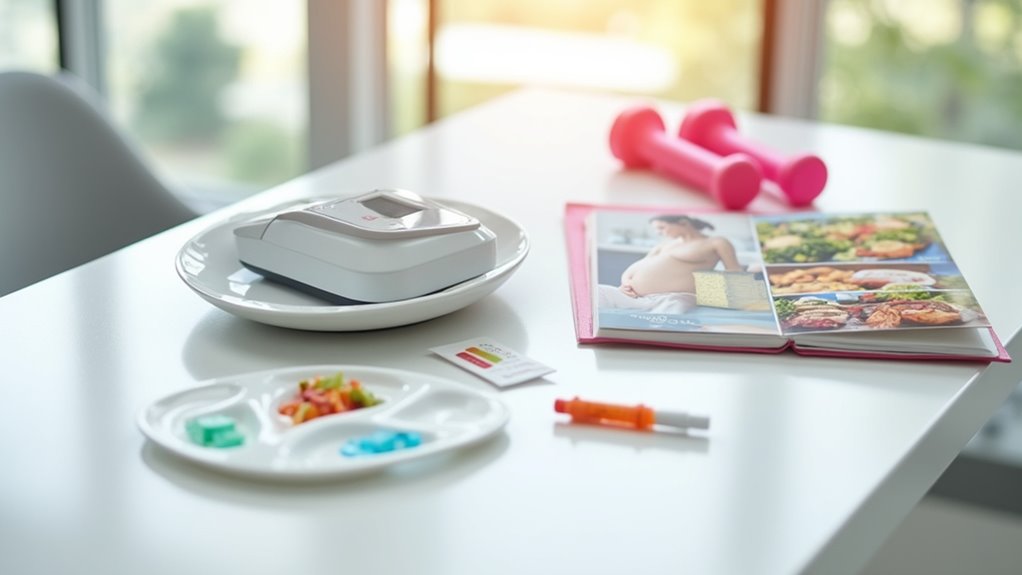While many pregnant women worry about their diet, few consider chili as a potential health ally. Recent research suggests they might be missing out on a simple way to reduce their risk of gestational diabetes. A study analyzing data from 1,397 pregnant women found that those who ate chili just once a month had a notably lower risk—3.5% compared to 7.4% for women who never ate it. That’s not a typo. Half the risk.
Pregnant and worried about gestational diabetes? Eat chili. Once monthly cuts your risk in half, research suggests.
The numbers don’t lie. With an odds ratio of 0.37 and a confidence interval of 0.17–0.79, statisticians would call this association significant. But hold your horses before you start downing bowls of five-alarm chili. Scientists are still calling for larger studies with more diverse populations. One study doesn’t make a medical revolution.
What makes chili so special? It’s all about the beans—especially dark ones. They’re packed with fiber, protein, and phenolic compounds that help regulate blood sugar. Hispanic mothers consume significantly more dried beans, averaging 0.65 cups per week compared to other ethnic groups. Then there’s capsaicin from the peppers, which may improve insulin sensitivity. It’s like a perfect storm of nutritional benefits.
And let’s face it, beans are cheap. Affordable nutrition matters.
Gestational diabetes doesn’t play favorites. Risk factors include pre-pregnancy obesity, excessive weight gain, advanced maternal age, and smoking. Diet matters too. The Mediterranean diet, rich in legumes, has already shown promise in reducing risks.
Pregnant women face enough challenges without blood sugar problems. Gestational diabetes increases risks for both mother and baby. Getting ahead of it matters.
Will a bowl of chili solve everything? Of course not. Life isn’t that simple. But incorporating beans into pregnancy diets might be an easy win. The research is promising but preliminary.
Bottom line: While researchers work on confirming these findings, enjoying occasional chili seems like a reasonable choice. It’s nutritious, affordable, and might just help keep gestational diabetes at bay. Not bad for comfort food. This is especially important given the concerning trend that shows CDC data indicates gestational diabetes rates have increased from 6% in 2016 to 8.3% in 2021.






